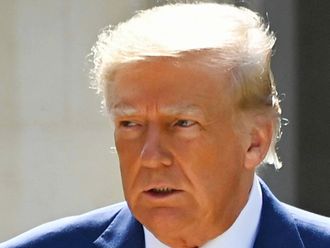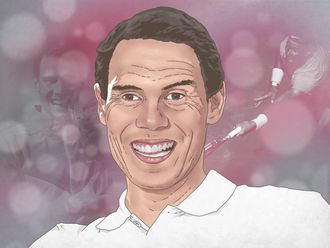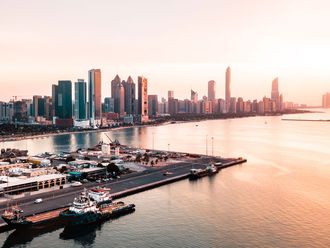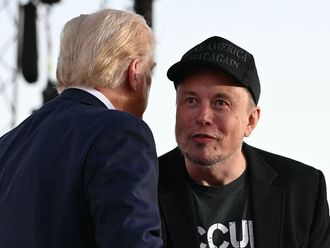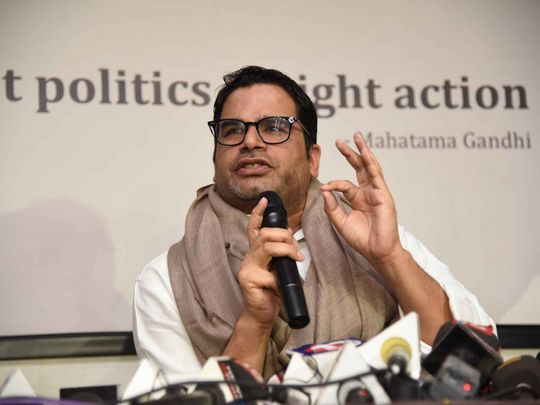
As I write this column, the Indian National Congress is on the verge of inducting a total outsider into its fold in a desperate attempt to overhaul the party.
Poll strategist Prashant kishor is very likely to join the Congress with Sonia Gandhi’s blessing, despite voices within that don’t entirely trust him. Kishor has given the Congress a detailed road map for its revival, something he started working on a year ago.
This is a crucial point for the Congress, which is struggling to find its feet after a series of election defeats since 2014. Faced with a very clear leadership crisis, and a crisis of credibility with voters, India’s grand old party is taking a big risk and a gamble. Will it work?
No one knows, but the fact is — nothing else is working for the Congress at the moment, so taking a chance on Kishor is probably a risk worth taking.
Just who is the man?
Why does PK — as he is called — generate so much buzz? Simply because he is the man behind Narendra Modi’s phenomenal campaign in 2014. He went on to successfully handle the campaigns across India -- for the JD-U in Bihar, Jagan Reddy in Andhra Pradesh, AAP in Delhi, the DMK in Tamil Nadu and Mamata Banerjee in Bengal.
He has had his share of failure too, most notably in the UP campaign of the Congress and SP in 2017.
This is both an advantage and disadvantage for Kishor. The fact that he has worked with so many political parties, especially those opposed to the Congress, has made many in the Congress weary.
Speaking to me on NDTV last week, senior Congress leader Digvijay Singh, who is part of a committee Sonia Gandhi formed to study Kishor’s proposals for the Congress, said “his (PK’s) journey has been from one party to the other. So that kind of political commitment or the ideological commitment was not obvious. But now that he has come forward with some concrete suggestions and the presentation that he has put up — yes, is quite good”.
Digvijay Singh’s comments are significant because he has been one of the leaders who did not favour giving PK a party post, for fear that it would ruffle too many feathers in the party. It is understood however that the Gandhis have been keen to try something radical.
A non-Gandhi at helm
PK’s draft plan presented last year included having Sonia Gandhi as party president and a non Gandhi as working president, with Rahul Gandhi heading the Congress parliamentary board. It’s not yet clear if this is part of his final presentation to the party and how willing the Congress would be to cede space to a non Gandhi.
But his other suggestions are more workable, including a revamp of the party’s communication strategy, destroying the sense of entitlement and sycophancy, rebuilding from the grass roots — a reincarnation of the Congress as he puts it. He has suggested that the Congress focus on 370 to 400 parliamentary seats where it can fight polls alone and the rest in alliance with other political parties.
Figures compiled by the Trivedi Centre for Political Data at Ashoka University, show that the Congress had a strike rate of 82% in the 1984 general elections, winning 404 of the 491 seats it contested. But since then India’s grand old party has been on the decline. It never reached the 50% strike rate ever again.
In 2004, when the Congress formed a government with coalition partners, their strike rate was 35%
That jumped to 47% in 2009 when Dr Manmohan Singh won a second term. But in the 2014 Modi wave, this was reduced to a mere 9%.
The big question is how open the Congress will be to radical change. The party is rooted with old style politicians who don’t like outsiders telling them what to do.
For PK, there will be strong headwinds, and he knows it.




